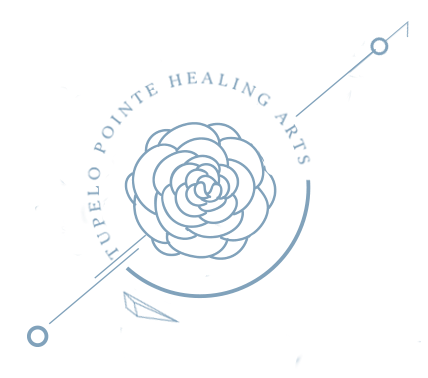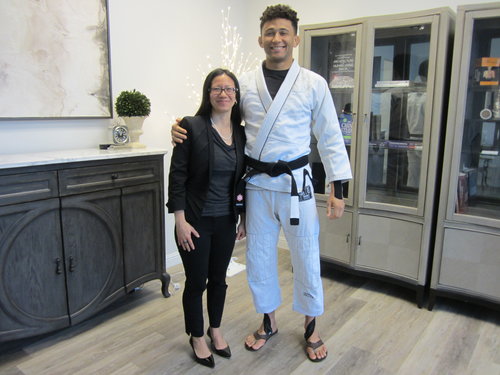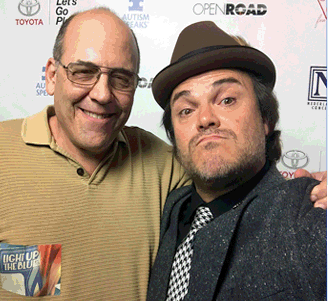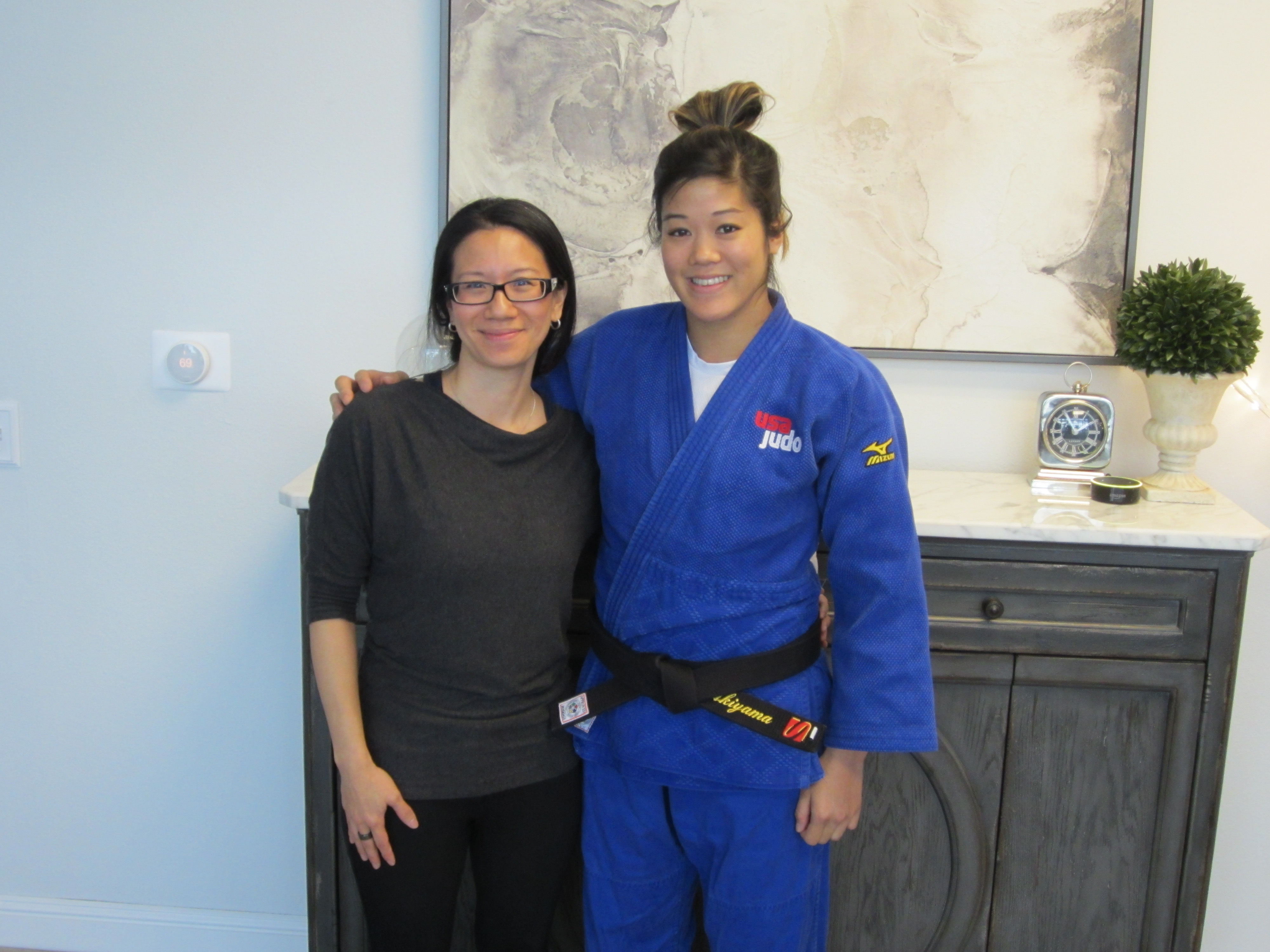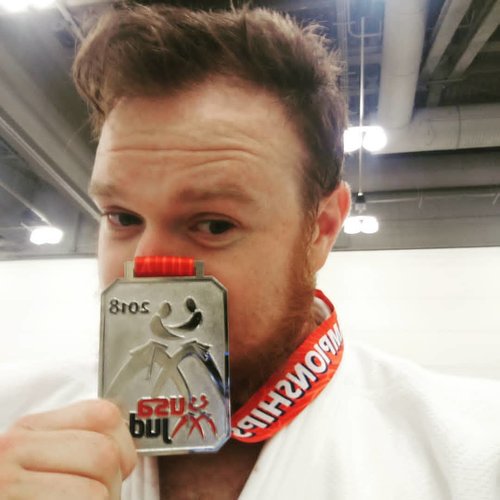Fascia
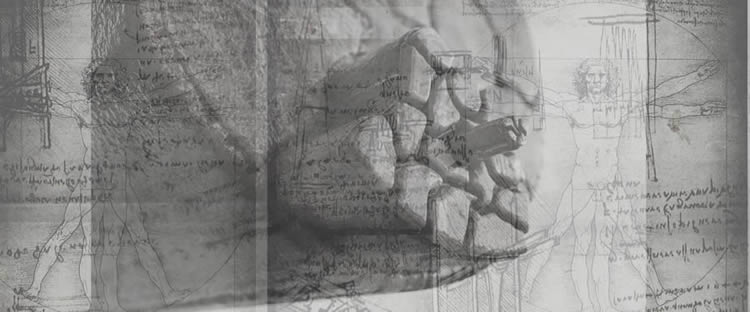
On these pages we will do our best to answer your questions about fascia, including:
- What is fascia?
- What do we know about fascia pathophysiology?
- How is fascia different in connective tissue disorders like EDS and hypermobile spectrum disorder?
- How does fascia change in pain and musculoskeletal/sports problems?
- What does healthy fascia look and behave like?
Read on below and get educated on fascia and how we can treat it.

- Details
- Written by: Tina Wang, MD
- Category: Fascia
- Hits: 2343
What is Fascial Layer Specific Hydromanipulation (FLuSH) Technique?
Fascial Layer Specific Hydromanipulation (FLuSH) is a novel technique developed by Dr. Wang to diagnose and treat myofascial pain. The FLuSH technique involves using ultrasound guidance to inject approximately 0.5 mL of normal saline into a specific fascial layer of the myofascial unit. The term “hydromanipulation” differentiates this technique from “hydrodissection”, a technique used to treat nerve entrapments. The pressure of the injectate is used to open the deep fascia from the superficial fascia and the underlying muscle. In the deep fascia, the same process is repeated with the needle targeting the hypoechoic extracellular matrix layers between organized fascia layers. The injectate is used to incrementally separate the soft tissues in front of the needle. In the muscle and superficial fascia, a similar process is used to disperse saline to dilute aggregates in areas of stiffness corresponding to changes that are seen under elastography.

- Details
- Written by: Tina Wang, MD
- Category: Fascia
- Hits: 3665
What is Pelvic Floor Dysfunction?
Pelvic Floor Dysfunction (PFD) is defined by the International Pelvic Pain Society as a condition when the pelvic floor muscles do contract, relax, or work together. The pelvic floor is made up of bones, muscles, fascia, and ligaments and functions as a hammock to support the pelvic organs including the uterus, bladder, and rectum. If the muscles become overactive, strained or uncoordinated, they may cause pain in the pelvis. This pain may lead the muscles to not contract, relax, or work together.
Read more: Pelvic Floor Dysfunction Explained in So Many Words
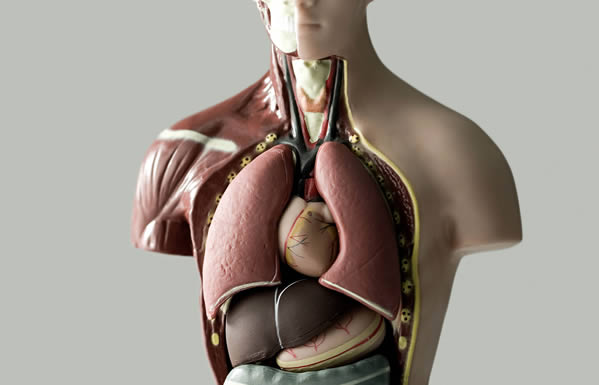
- Details
- Written by: Tina Wang, MD
- Category: Fascia
- Hits: 2673
Fascia: The Human Web
What is Fascia?
Fascia is all the connective tissue in the body. The official working definition of fascia from the 4th Fascia Research Congress is:
Fascia is a sheath, a sheet or any number of other dissectible aggregations of connective tissue that forms beneath the skin to attach, enclose, separate muscles and internal organs."
What does that mean? Fascia is all the connective tissue that connects the body and because of how it connects the whole body, it allows for interaction and communication of the body as a whole.
- Details
- Written by: Tina Wang, MD
- Category: Fascia
- Hits: 2636
Key Points About the Connections Between Hypermobility and Fascia
These discoveries reframed hypermobility disorders as conditions involving significant fascial dysfunction, bridging genetic and tissue-level manifestations.
- In 2016, Maria Colombi, PhD, and her team discovered altered gene expression related to the extracellular matrix (ECM) in hEDS, revealing a shift from fibroblasts to myofibroblasts.
- In 2021, Tina Wang MD connected this translation to an increase in deep fascial thickness in individuals with HSD and hEDS.
- In 2023 using advanced ultrasound techniques, Tina Wang MD demonstrated that thickening of fascia in hEDS and HSD patients was linked to impaired inter-fascial gliding, leading to joint instability, chronic pain, and movement dysfunction.
Podcast: How EDS and HSD Impact Fascia and Pain with Tina Wang, MD. The Bendy Body Podcast. Sept 5 2024. https://www.bendybodiespodcast.com/how-eds-and-hsd-impact-fascia-and-pain-with-tina-wang-md/
- Details
- Written by: Tina Wang, MD
- Category: Fascia
- Hits: 3668
YOGA FOR HYPERMOBILITY
- Sundays at 7-8AM PST via Zoom
- Monthly fee: $60/month. To sign up, email
- Drop in class: $20/class. Please email
- Each class focuses on hypermobility related concerns using āsana (movement & body position), prāṇāyāma (breathing), mantra, Vedic chanting, meditation.
- Modifications are given to meet the unique individual needs and capacities of each person.
Experience a class rooted in the Viniyoga tradition, incorporating elements of Developmental Kinesiology. Within this yoga tradition, the prāṇāyāma breathing technique is utilized to address breathing difficulties and shortness of breath commonly associated with hypermobility. The integration of coordinated prāṇāyāma breathing and movement with āsana addresses issues of coordination and balance linked to hypermobility. Chanting and mantra practices contribute to improving diaphragmatic coordination in individuals with hypermobility. Additionally, meditation is employed to address vagal tone and focus issues within the hypermobility context. Accessible via Zoom, this class is designed to foster self-agency, providing a convenient and inclusive learning experience.
The class focuses on combining the principles of Viniyoga and Developmental Kinesiology to address specific challenges associated with hypermobility.
1. Viniyoga Tradition: Viniyoga is a personalized and adaptive approach to yoga that tailors the practice to individual needs, making it suitable for various conditions and body types. It emphasizes the coordination of breath and movement.
2. Developmental Kinesiology: This refers to the study of movement patterns and developmental milestones in motor skills. Integrating developmental kinesiology into the class allows for understanding and enhancing movement coordination.
3. Prāṇāyāma Breathing Technique: Prāṇāyāma involves breath control and is a fundamental aspect of yoga. Addressing breathing differences and shortness of breath in hypermobility, specific prāṇāyāma techniques may be used to improve respiratory function.
4. Āsana (Yoga Poses): Coordinating movement with specific yoga poses can help address issues related to coordination and balance in individuals with hypermobility.
5. Chanting and Mantra: The use of chanting and mantra can aid in diaphragmatic coordination. Sound and vibration can enhance specific aspects of practice.
6. Meditation: Meditation is a tool to help with vagal tone and focus issues associated with hypermobility. Meditation can have a calming effect on the nervous system and improve concentration.
7. Zoom Format: The class is taught in a Zoom format, an online and remote learning environment. This format can promote self-agency, allowing participants to practice in the comfort of their own space while still receiving guidance.
VINIYOGA
Viniyoga is a traditional lineage of Yoga passed from T. Krishnamacharya. His son, T.K.V. Desikachar, coined the term to describe the teachings of his father.In Sanskrit, Viniyoga translates as “appropriate application”. Viniyoga is a holistic healing approach that addresses the person as a whole (body, breath, mind, behaviors, emotions, & spirit). In this tradition of Yoga, āsana (movement & body position), prāṇāyāma (breathing), mantra, Vedic chanting, meditation are tools used to support health, promote healing, and facilitate personal transformation.
DEVELOPMENTAL KINESIOLOGY
Developmental kinesiology is a rehabilitation approach that integrates core stability during movement to improve overall functionality. The aim is to improve global function through promoting trunk stability and balance, essential for joint stability.
DR. WANG'S LECTURE

